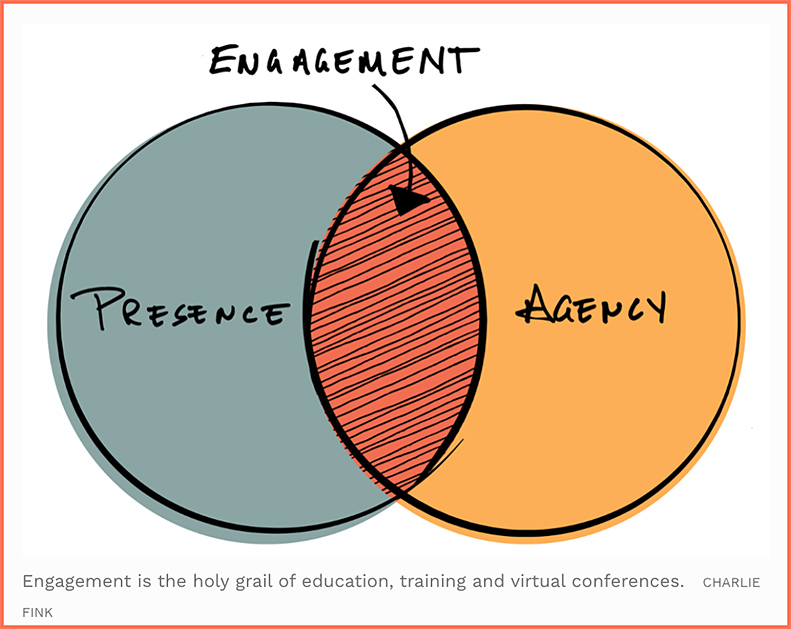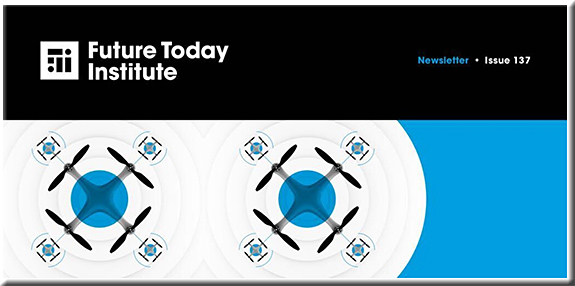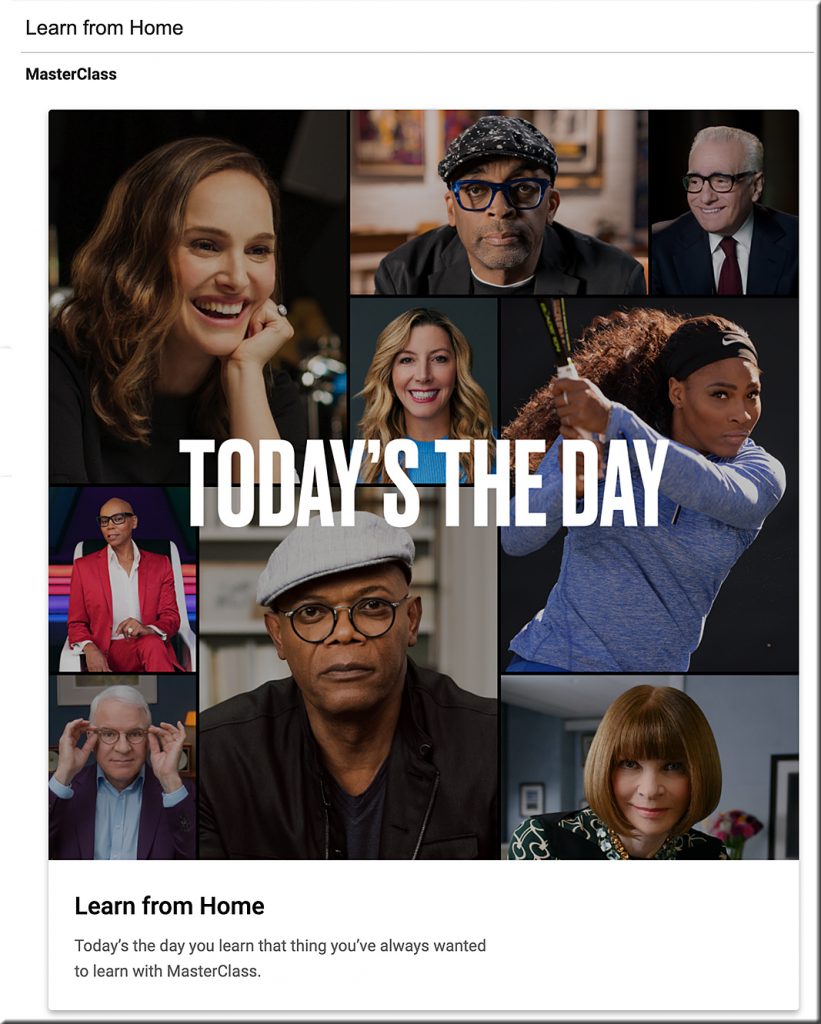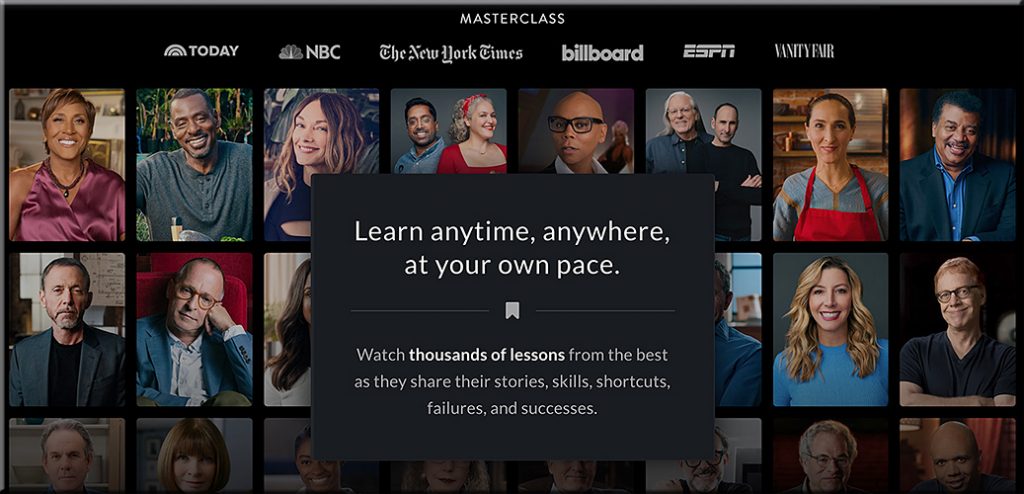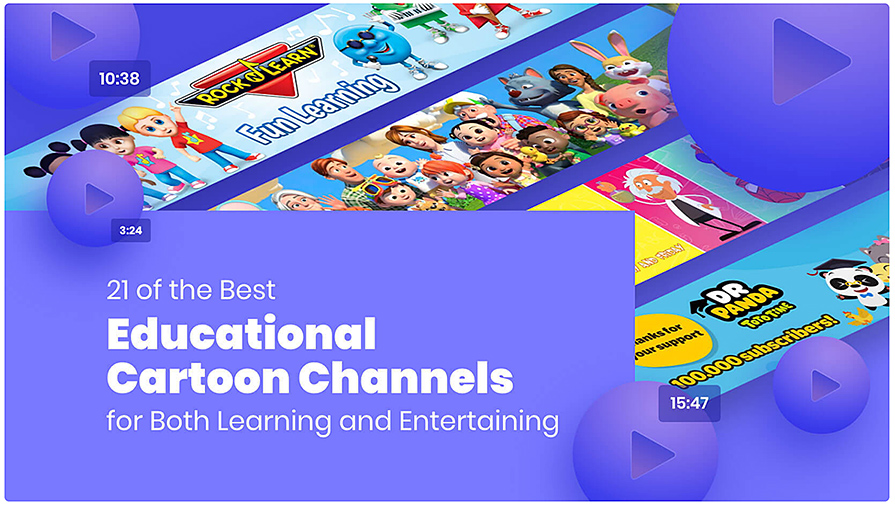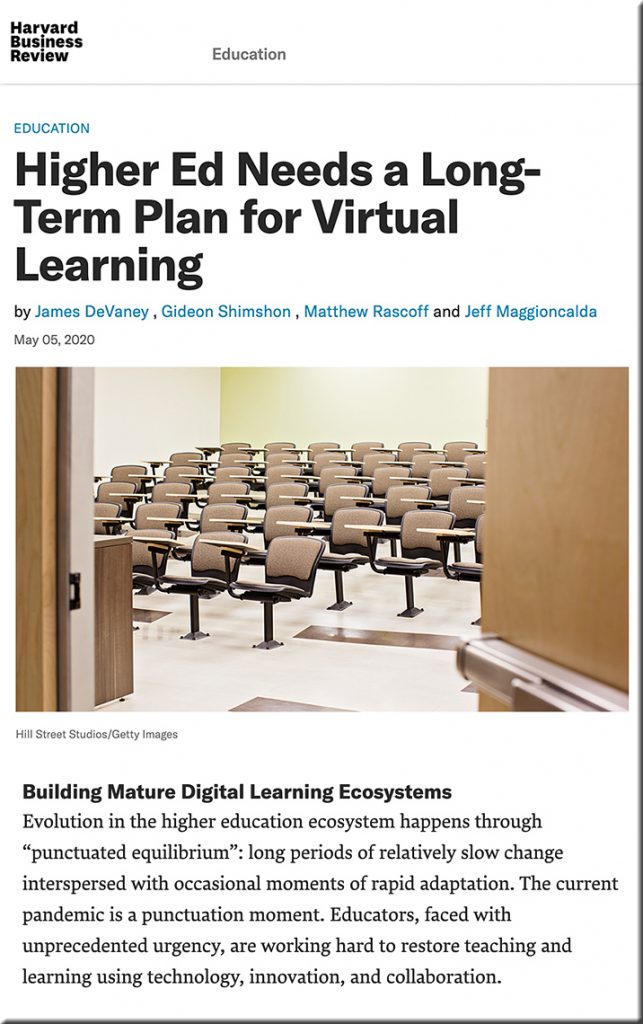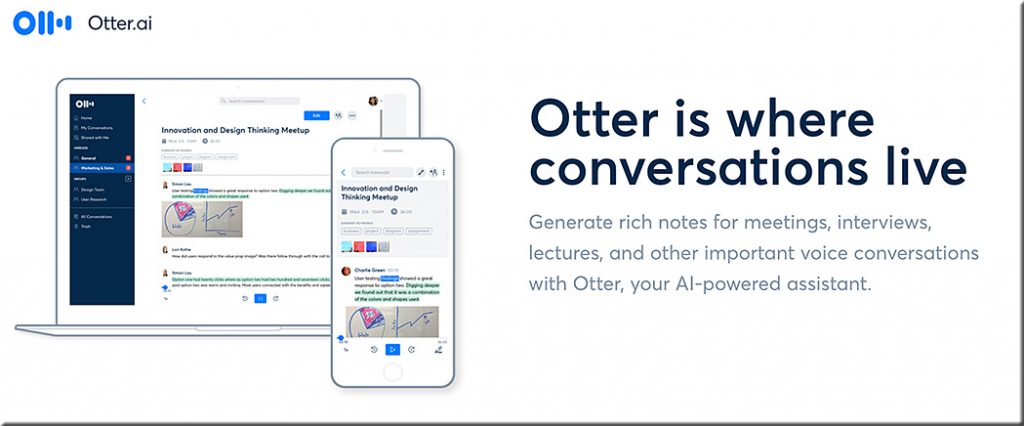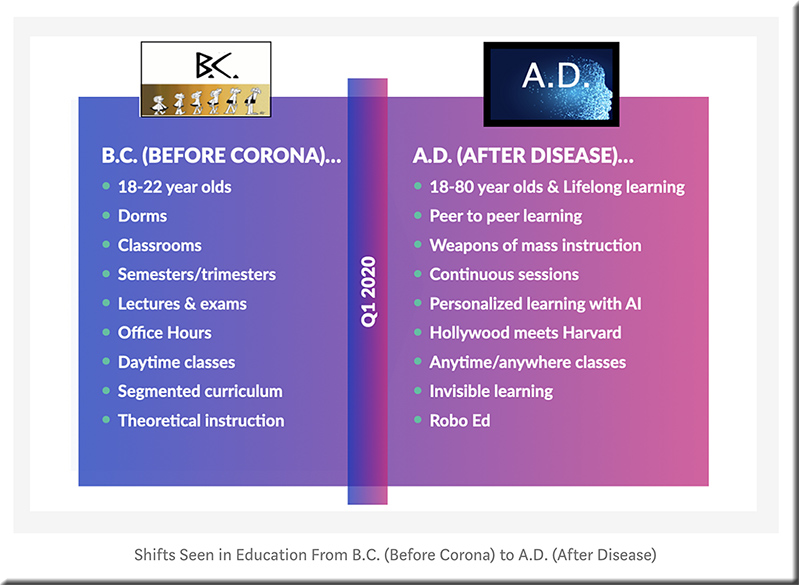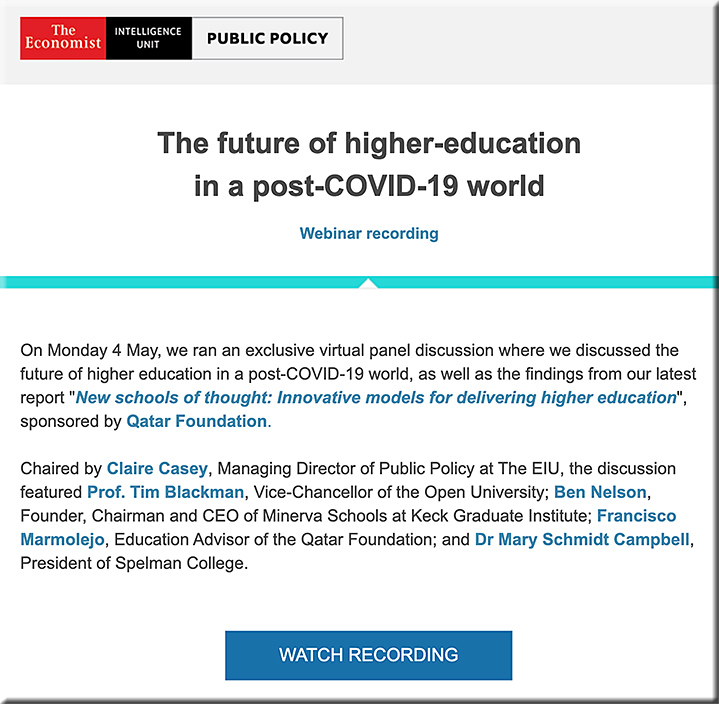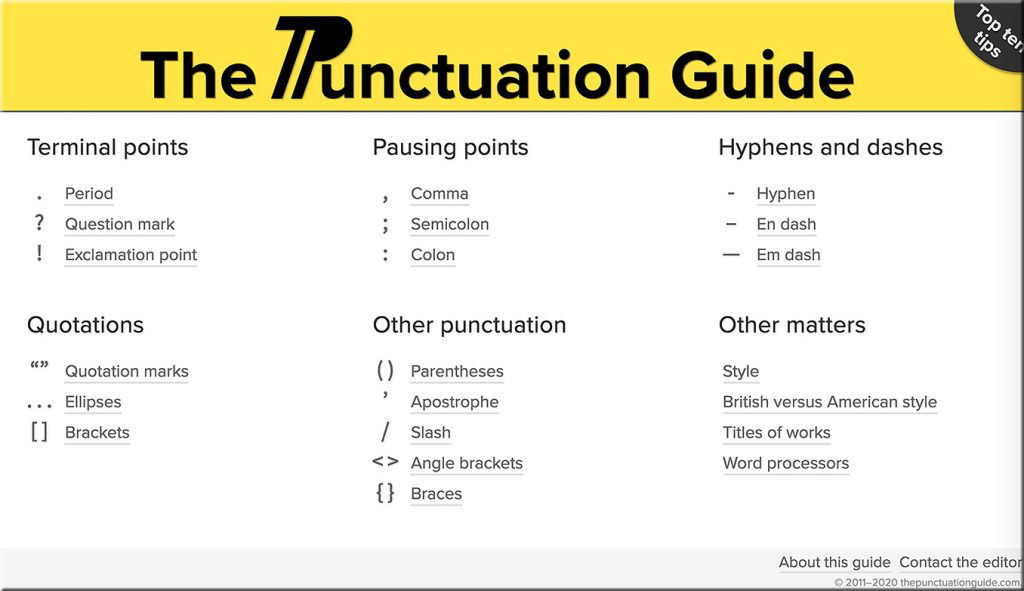Blockchain Can Disrupt Higher Education Today, Global Labor Market Tomorrow — from cointelegraph.com by Andrew Singer
Blockchain can play its part in the education sector — record-keeping in 2–3 years and then adoption by the labor market?
Excerpt (emphasis DSC):
In the post-pandemic world, individuals will need to seize ownership and control of their educational credentials — documents like degrees and transcripts — from schools, universities and governments. That notion received key support last week from the American Council on Education in a study funded by the United States Department of Education focusing on the use of blockchain in higher education.
“Blockchain, in particular, holds promise to create more efficient, durable connections between education and work,” wrote Ted Mitchell, the president of ACE, in the foreword to the study published on June 8, adding: “In the wake of the COVID-19 crisis, learners will be more mobile, moving in and out of formal education as their job, health, and family situations change.”
A key theme of the report is personal data agency — i.e., how “distributed ledger technologies [DLT] can ‘democratize’ data and empower individuals with agency over their personal information.”
Blockchain has been described as a hammer in search of a nail. If so, academic credentialing appears to be as obvious a nail as one can find. The current international trade in fake academic degrees, after all, is “staggering,” as the BBC reported, and with a global labor market increasingly mobile, the world could badly use a decentralized, borderless, tamper-free ledger of verifiable credentials — both for education and the broader labor market.










